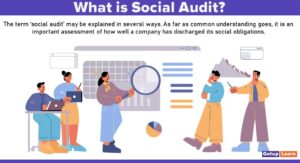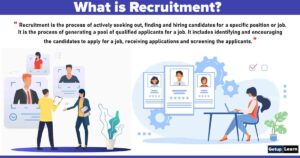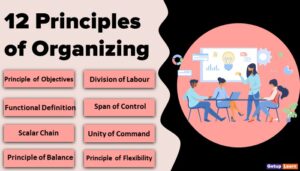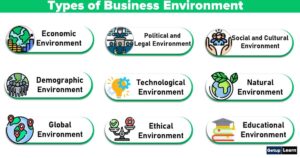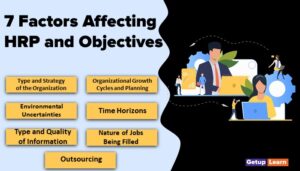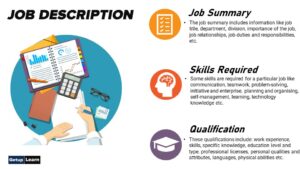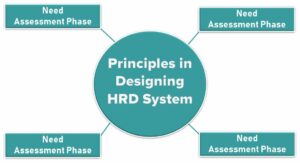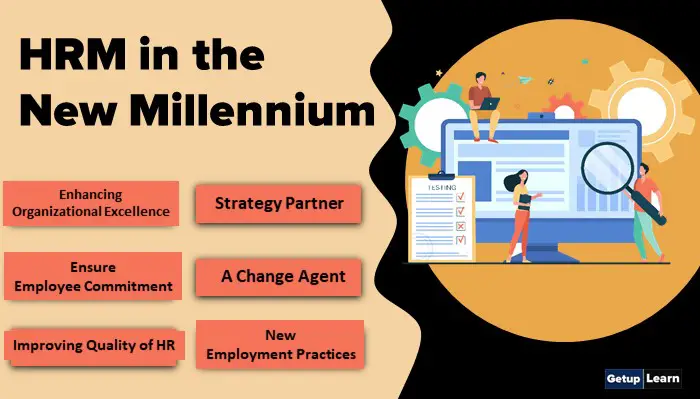
Table of Contents
-
1 HRM in the New Millennium
- 1.1 Enhancing Organizational Excellence
- 1.2 Strategy Partner
- 1.3 Ensure Employee Commitment
- 1.4 A Change Agent
- 1.5 Improving Quality of HR
- 1.6 New Employment Practices
- 1.7 Benchmarking
- 1.8 Aligning Workforce strategies with Business Objectives
- 1.9 Promote From Within and Invest in Employees
- 1.10 Recruitment and Selection Process
- 1.11 Communicate Mission and Vision
- 1.12 Optimization of Synergy
- 2 FAQ Related to HRM in the New Millennium
HRM in the New Millennium
HR has never been more indispensable than today. The competitive forces that we face today will continue to face in the future demanding organizational excellence. In order to achieve this extended quality, organizations need to focus on learning, teamwork, quality development, and reengineering. These are some factors driven by the way organizations implement things and how employees are treated:
- Enhancing Organizational Excellence
- Strategy Partner
- Ensure Employee Commitment
- A Change Agent
- Improving Quality of HR
- New Employment Practices
- Benchmarking
- Aligning Workforce strategies with Business Objectives
- Promote From Within and Invest in Employees
- Recruitment and Selection Process
- Communicate Mission and Vision
- Optimization of Synergy

Enhancing Organizational Excellence
To achieve this paradigm shift in the organization’s excellence there is a need for organizations to reform the way in which work is carried out by the Human Resource department. By designing an entirely new role and agenda that results in enriching the organization’s value to customers, investors, and employees, HR can help in delivering organizational excellence.
This can be carried out by helping line managers and senior managers in moving planning from the conference room to the marketplace and by becoming an expert in the way work is organized and executed. HR should be a representative of the employees and should help the organization in improving its capacity
for change. HR will help the organizations in facing the competitive challenges such as globalization, profitability through growth, technology, intellectual capital, and other competitive challenges that the companies are facing while adjusting to uncontrollably challenging changes in the business environment.
The novel role of HR is to rapidly turn strategy into action; manage processes intelligently and efficiently; maximize employee contribution and commitment and construct favorable conditions for flawless change.
Strategy Partner
HR can become a partner in executing a strategy for propelling and directing the discussions of how the company can make a strategy to accomplish the organization’s goal. It involves four steps for creating the conditions for this discussion.
- First HR should define the company’s way of doing business based on organizational architecture.
- Second, HR is responsible person for conducting an organizational audit.
- Third, HR as a strategic partner needs to identify methods for restoring the parts of the organizational architecture that need it.
- Fourth and finally, HR first set clear priorities and takes responsibility for maintaining the stock as well. By doing this HR can change their traditional image and still make sure all routine work for the company is done well.
Ensure Employee Commitment
HR must be held accountable for ensuring that employees feel committed to the organization and contribute fully. They must take responsibility for orienting and training line management about the importance of high employee morale and how to achieve it.
The new HR should be the voice of employees in management discussions. The new role for HR might also involve suggesting that more teams be used on some projects or that employees be given more control over their own work schedules.
A Change Agent
The novel HR also acts as a change agent, which is designing the organization’s capacity to promote and enable change. However, they are not primarily responsible for implementing change it is the duty of the HR manager to ensure that the organization brings out the changes framed for implementation.
Improving Quality of HR
The most important thing that managers can do to drive the new mandate for HR is to improve the quality of the HR staff itself. Senior executives must get beyond the stereotypes of HR professionals as incompetent support staff and unleash HR’s full potential.
New Employment Practices
In an organization, the balance sheet shows human resources as an expense and not as a Capital. In the digital age, it is observed that machines can do the work more efficiently comparing most people however; technology to work is dependent on people.
The competitive challenges for Employment Practice in the New Millennium lead to taking account into the strategic association of the people and labor-management partnerships as they both have to take organization ahead.
Benchmarking
HR professionals must master benchmarking, which is a tool for continuous improvement- directing the human side associated with the strategic path adopted by the organization. Through this, the HR department will start appreciating the changes happening within and outside the environment while expanding the knowledge about how to add value to decision-making at the highest level of the organization.
Aligning Workforce strategies with Business Objectives
Every organization should include the key employees during strategy formulation for choosing the most suitable course of action for attaining of organizational goals and objectives and achieving the organizational vision.
Promote From Within and Invest in Employees
Promoting employees from within sends a powerful message that the organization’s employees are valued. New blood and fresh ideas often come from newcomers to the organization. To avoid stagnation of the firm, new ideas and approaches are critical.
Yet to improve employee morale, promoting individuals from within the organization is essential. This communicates that the organization values its employees and invests in their human resources.
Recruitment and Selection Process
Successful human resource planning is making sure that the recruiting of suitable employees is on board when needed. It needs a dynamic approach whereas the organization forecasts its needs well in advance. It is important to identify the right competencies being sought.
An organization should spot those skill sets requisite by employees to be successful. It will improve the employees’ contributions to the overall success of the firm and the core values of the organization prior to their selection.
Communicate Mission and Vision
If employees are expected to contribute to the attainment of the organization’s strategic objectives, they must understand what their role is. This can be achieved in part by clearly communicating the mission and vision statements of the firm.
The old adage is certainly true. If a person does not know where he or she is going, any road will get him or her there. The mission communicates the identity and purpose of the organization. It provides a statement of who the firm is and what its business is.
Only those employees who understand this purpose can contribute to the fullest extent possible. The vision statement provides a picture of the future state of the firm. It should be a stretch to attain. This keeps all the organization’s employees pulling in the same direction with a common endpoint.
It is much easier to align human resources with corporate objectives when these employees are familiar with the mission and vision of the firm. As the mission and vision statements are articulated, organizational members begin to more closely embrace their very meaning on an individual level.
These statements provide a road map leading employees down the road to achieving organizational objectives. Employees then identify how they can contribute their unique talents toward the attainment of these goals.
Optimization of Synergy
Synergy can be precisely described as the “ability to work together toward a common vision”. Through the effective use of teams, organizations can often achieve synergy. Directing the team toward the overall corporate objectives also ensures that employees are working toward the same goal.
What are the challenges of the new millennium for a human resource manager?
Following are the challenges of the new millennium for a human resource manager:
1. Enhancing Organizational Excellence
2. Strategy Partner
3. Ensure Employee Commitment
4. A Change Agent
5. Improving Quality of HR
6. New Employment Practices
7. Benchmarking
8. Aligning Workforce strategies with Business Objectives
9. Promote From Within and Invest in Employees
10. Recruitment and Selection Process
11. Communicate Mission and Vision
12. Optimization of Synergy.

